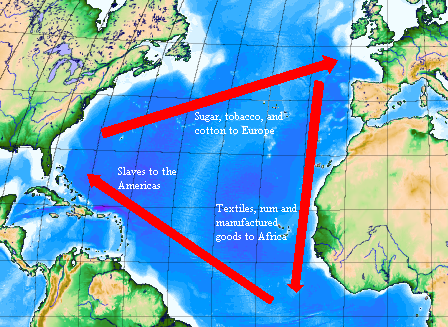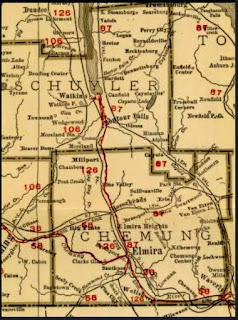Did You Know?
The Democratic and Republican Parties have undergone a long transition from their founding ideological principles. It’s hard to believe these days but the Democrats started out as the conservative party and the Republicans were once the liberal party!The Democratic Party we know today evolved from the conservative Democratic-Republican Party of the 1790s. Prior to the Cil War and during the Reconstruction, Republicans elected Abe Lincoln. and were long known as advocates for the abolitions of slavery, etc.
The 1896 Election was the first turning point when tthe country was mired in an economic depression and Democratic Party took a leap of faith to abandon their conservative orthodoxy and nominated populist William Jennings Bryan. He was the first liberal to win the Democratic Party Presidential nomination. This represented a radical departure from the conservative roots of the Democratic Party.
In response to the nomination of “liberal” Bryan by the Democrats, the Republican Party countered by straying away from its liberal leanings and nominated the moderate-conservative Ohio Governor William McKinley.
In 1912, the Progressive former President Theodore Roosevelt challenged the more conservative incumbent President William Howard Taft for the Republican Party nomination. Roosevelt, who won nine Republican primaries, bolted the party and formed the Progressive Party, a.k.a. the Bull Moose Party, and won 86 electoral votes in the General Election. Taft won just eight Electoral Votes. The Democratic nominee, New Jersey Governor Woodrow Wilson, mustered 435 Electoral votes and won the Presidential Election in a landslide victory.
Timelines
Polarization
Further Info
- When Did the Republican and Democratic Parties Trade Places?
- Democratic and Republican Ideologies Undergo Dramatic Role Reversal
- Is it true that Democrats used to be the Conservative party and Republicans used to be the Progressive party?
- Why Did the Democratic and Republican Parties Switch Platforms?




















